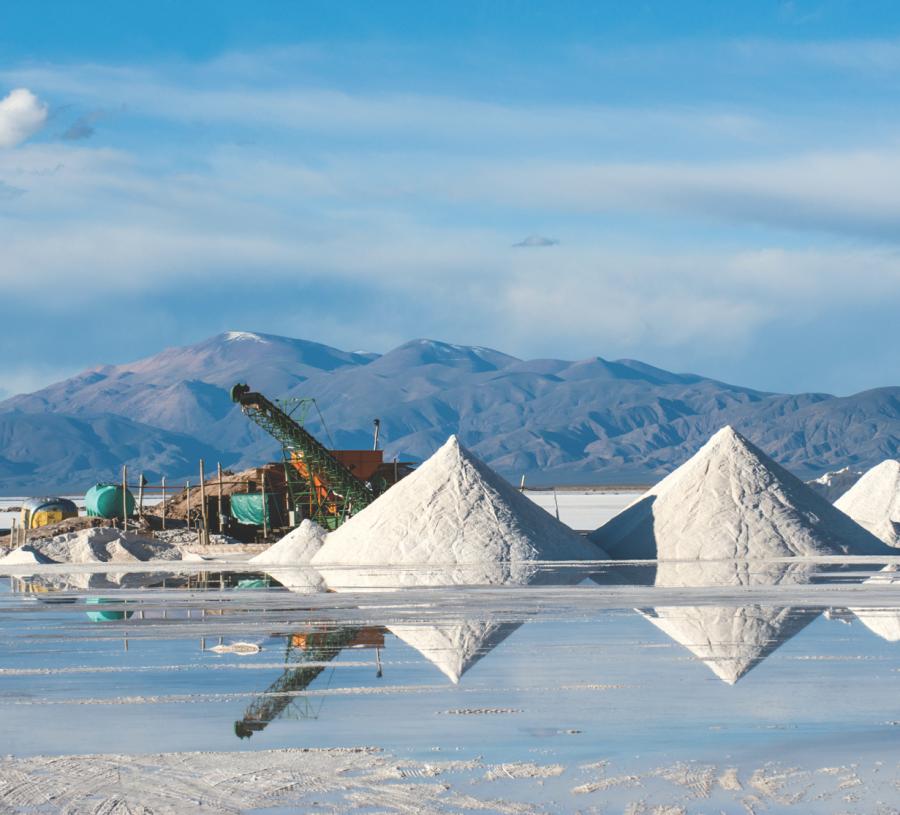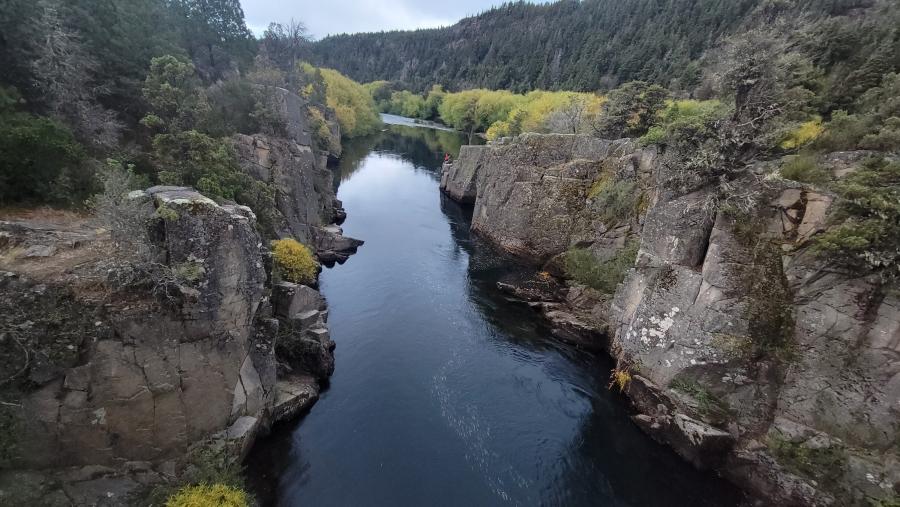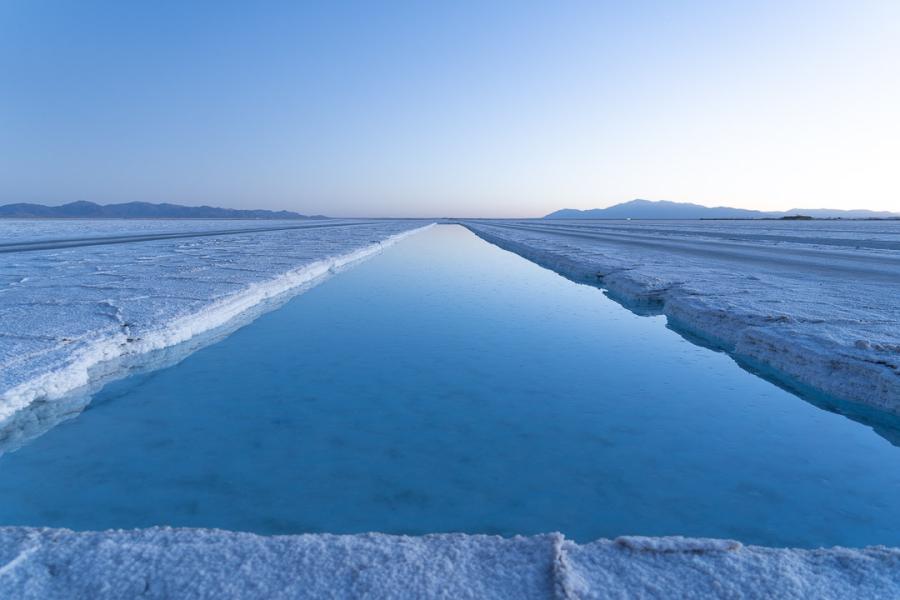The Kollas of San Andrés vs. Seaboard Corporation: The Land Struggle of an Argentinean Indigenous People
The Kollas are an indigenous people inhabiting the valleys, foothills and high planes of the Andes mountains in Northwestern Argentina. About 2000 of the more than 80,000 Kollas live on the finca (ranch) San Andrés in the province of Salta. They have been struggling for their land for over fifty years, and since 1996, they are contending with a new entity claiming ownership over their territory: Seaboard Corporation of Kansas City, Missouri.
Indigenous Peoples in Argentina?
An article about indigenous peoples in Argentina might come as a surprise to those more familiar with the notion that there are no indigenous peoples in this country, and indeed, only very recently have non-indigenous Argentineans acknowledged the existence of their aboriginal compatriots. Although reliable census data does not exist, it is estimated that there are about 350,000 indigenous people in Argentina today, forming one percent [Estimates of the indigenous population range as high as 10 percent -- Ed.] of the total national population. Throughout most of Argentina's history they have been seen as the "barbarians" standing in the way of the nation's "civilization."
Since the consolidation of the Argentinean republic in the 1850s, indigenous people have been marginalized, socially and geographically, and decimated, to make room for the millions of European immigrants that it was imagined would make Argentina into a modern nation. These politics of near extermination, of which the Conquista del Desierto (Conquest of the Desert) in 1879 was the most notorious expression, were transformed in the 20th century into policies of sociocultural assimilation and paternalistic protection. Since Argentina's return to democracy after the last military dictatorship in 1983, assimilative efforts have given way to a more progressive indigenist legislation, whose translation into realpolitik, however, is far from guaranteed.
In 1985, Law 23.302, which most importantly accords indigenous communities their personería jurídica (legal personalities), was passed in Congress, although it was implemented only six years later. In 1992 Argentina adopted ILO Convention 169, but to this point has not presented the instruments of ratification before the ILO, which is necessary to make the convention effective. In 1994 a new national constitution came into power, and after intense lobbying indigenous groups achieved the adoption of a paragraph "recogniz[ing] their ethnic and cultural preexistence" and "the possession and communal ownership of the land they traditionally occupy." This paragraph is the single most frequently invoked piece of legislation by the Kollas of San Andrés.
The Struggle's Past and Present
In 1936, the Kollas' territory was sold at a public auction to Robustiano Patrón Costas, a powerful conservative politician and owner of the sugar factory of San Martín del Tabacal, which was one of the largest in Argentina at its time. He forced the Kollas to work for six months each year in the sugar cane harvest to pay their rent. Many men remember the hard work from sunrise to sunset under the overseer's whip, which for some started when they were as young as 12 years old.
Already in 1946 some Kollas from San Andrés participated in a march to Buenos Aires to petition President Juan Perón for the return of their lands. But it would take intense mobilization in the 1980s and another march to the national capital in 1993 to obtain the expropriation of 37,200 acres, about 10 percent of the finca, to which the land titles have not been handed over to the Kollas yet.
These 37,200 acres are located in the lower, densely forested part of the finca, which is complemented by an upper part in which vegetation is much more scarce. The Kollas keep cattle and practice seminomadism, living in the lower part in the winter and in the upper part in the summer, and thus both parts of the finca are vital for their subsistence. In 1986, Tabacal donated the entire upper part to the province of Salta, to be handed over to the Kollas, with the condition that the latter should empty the lower part and install themselves entirely in the upper part. According to the Kollas, this would spell their slow death, because in the winter there is not enough grass or water for their cattle in the upper part. They know this from their own experiences, because when during the winter of 1983 Tabacal forced them to remain in the upper part, many families lost their livestock. Tabacal's interest in the lower part is mainly in its valuable timber, and massive clear cutting has taken place until it was stopped by a government injunction in 1997.
In 1996, the near-bankrupt Tabacal was sold by the Argentinean government to Seaboard Corporation, a $1.5 billion sales company specializing in agriculture and transport, which also has holdings in Nigeria, Guyana, and Ecuador. In the words of Serafina Cruz, president of Tinkunaku, the Kollas' political organization, "They sold us once again, just like sixty years ago." Seaboard does not want to recognize the 1986 donation; Alberto Fantini, its spokesperson in Salta, declared that it was not informed about the donation when it bought the majority of Tabacal's shares (Clarín 07/01/97: 50).
Seaboard's Plans
The importance of this business venture was revealed in a front page article in the Wall Street Journal on November 14, 1997, which is based on an interview with Seaboard's manager in Argentina, Randy Fleming, a "former Navy seal" and "Latin American plantation boss." He is described as a "selfstyled specialist in bringing modern ways to the developing world. The more difficult the circumstances, the more remote the empire, the more Mr. Fleming, 53, is in his element," which he proved already as general manager of a Dole operation in Honduras. Fleming sees "enormous potential" in San Andrés, wanting to grow cotton, vegetables, coffee, and citrus fruit. He explained that the finca's upper part is vital for the "new Tabacal," because all the rivers that water the cane fields originate there and because of its beautiful landscape, which Seaboard plans to develop touristically. Fleming also wants to make the Kollas partners in his business ventures, but the Kollas do not trust his words.
They have been given empty promises too often. The first time, according to them, almost two hundred years ago when their ancestors participated in the Argentinean independence war and were promised ownership of their land in exchange for their blood. What they got instead were schools, with teachers who spoke and taught Spanish. As a result, Kollas lost knowledge of their indigenous language, a loss which today is used by various local opponents to deny them their indigenous identity and thus the most important basis of their land claims. Seaboard's continuation of the old colonialism under a new guise is expressed by Eucevio Condorí, another of the Kolla leaders: "Seaboard acts as if this was the 17th century, except this time they aim to conquer us with money instead of the cross" (Wall Street Journal 11/14/97: A8).
When money could not buy the Kollas, Seaboard took to more violent means. Its legal attempts to revoke the 1986 donation having been unsuccessful, it sent a new administrator to live in one of the communities in the upper part. Miguel Montalban Smith, a Guatemalan who spoke Spanish with a Texas accent, arrived there in December 1997. At first he tried to make friends, and some Kollas began working for him. But soon things turned sour, and the Kollas realized that his real intentions for being there were to take over their land and belongings.
According to several reports from Kollas, he locked the houses of people who were away at their cattle posts, claiming that they were abandoned and therefore his. He stole thirty sheep to feed himself and his peons, who were local young men, hacking the sheep's heads off with a machete. When people got together for a minga (communal work project), putting up stonewalls around a large field, he told them that the field belonged to Tabacal and would be converted into a landing strip. He then sent his peons to tear down the walls. He occupied the only corn mill in San Andrés and prevented people from grinding their corn, threatening the woman who operated the mill with her life, so that she hid for two days. When people tried to reclaim the mill, he bombarded them with stones and almost hit one older man on the head. The intimidation reached its climax when he declared that he would not leave the area without having killed a few Kollas.
The Kollas' denunciations of Montalban to the police were never followed up on. The provincial newspaper El Tribuno, which is known for its biased reporting against the Kollas, described Montalban as "a specialist from Guatemala.... who installed himself in the area with his wife and child, not imagining the hostile climate that he would encounter there" (08/16/98: 41). In this way it contributed to the view propagated by the Kollas' opponents that the conflict must have been caused by the Kollas, for how could one man terrorize a whole village of more than 200 people?
"We were prepared to die"
In May 1997 the Kollas had enough and blocked the only road leading to San Andrés, allowing Montalban to pass on foot only. On June 26, 1997, about 25 police men came with orders to lift the road block. The 200 Kollas present, many of them women with babies, demanded the presence of the Judge who had given the order, as is required by Argentinean law, and refused to leave without it. The police then attacked them with tear gas and rubber bullets, and the Kollas, prepared to die rather than yield their land, defended themselves with stones and bare fists until the police left. Montalban left San Andrés in October 1997 as the result of yet another march to Buenos Aires.
After the battle, the police told reporters that they had been ambushed. Fleming told the Wall Street Journal, "If they attacked me like they attacked the cops, I would have left bodies lying all over the place." Once again Kollas did not get to tell their side of the story, and it stands to doubt that the local media, which is a mouthpiece of the Kollas' opponents, would have made it public. Marita Simon, editor of El Tribuno, said in an interview with the Miami Herald: "In 400 years the Kollas haven't produced anything, while [Seaboard] wants to reactivate its business, plant new fruits, sugar cane and provide jobs. What we want is factories, industries and production. The time of tradition is over and done with. It's in the past" (09/19/97: A9).
Kollas are living in the 20th century too and are very aware of the changing times. They do not reject development, but demand that it comes on their terms and under their control. What they object to is a tourist complex being built in the middle of their finca and them being "allowed" to rent their horses and themselves for pennies, to sell handicrafts and to pose for tourist cameras, while Tabacal or tourist operators outside the finca get rich. Kollas are developing their own projects that will truly benefit the people in the communities, who are in great need of sources of income. But for these projects to even get under way, first the land has to be restituted to its rightful owners. Until then, as Eucevio Condorí says, "They are slowly killing us. Little by little they are tightening the noose around our necks. They are leaving us orphans without land, and without land we will simply disappear." The long history of the Kollas' struggle shows that they are determined to prevent this from happening.
Article copyright Cultural Survival, Inc.



